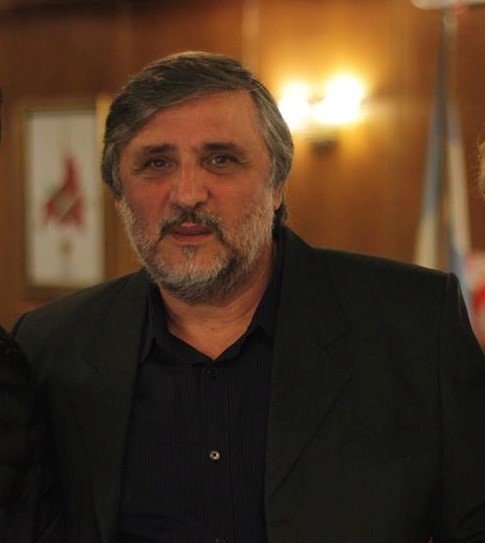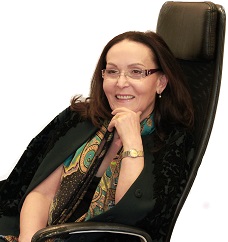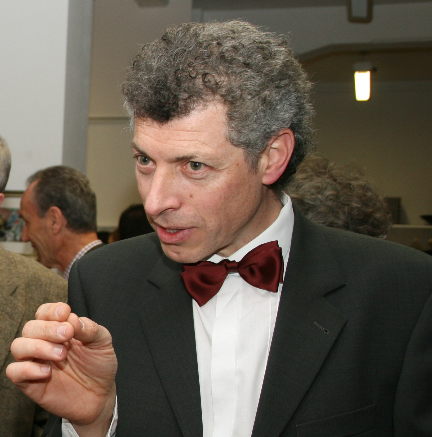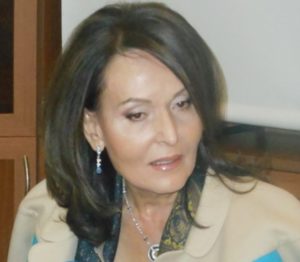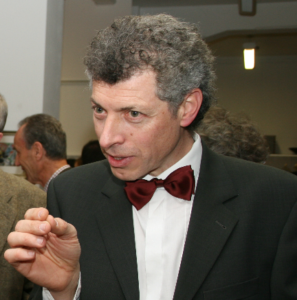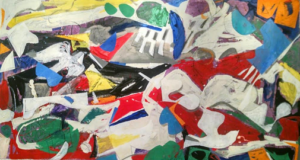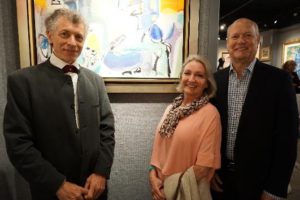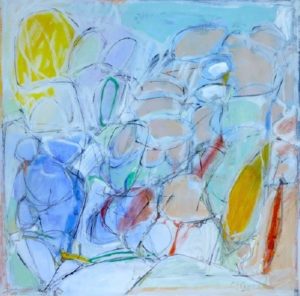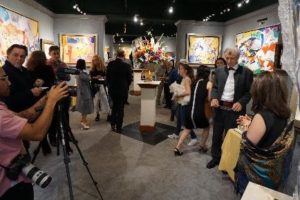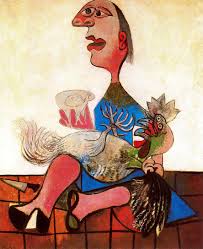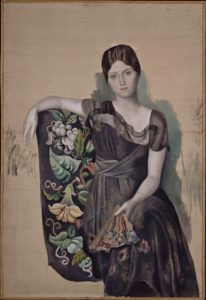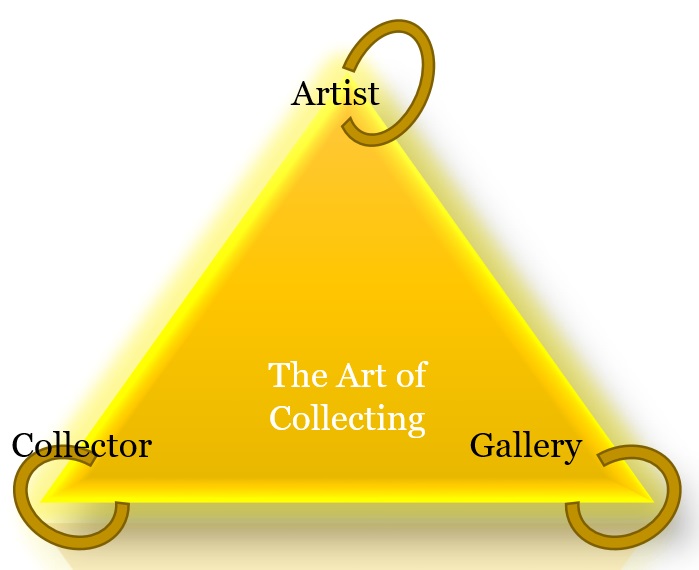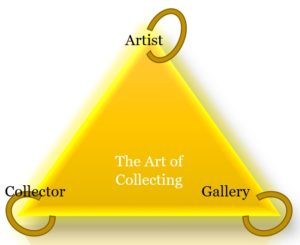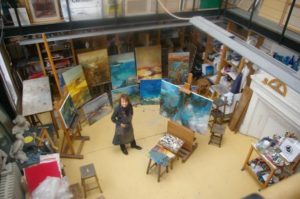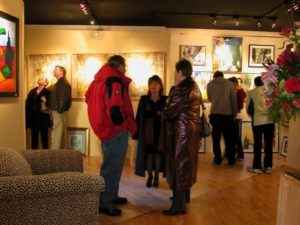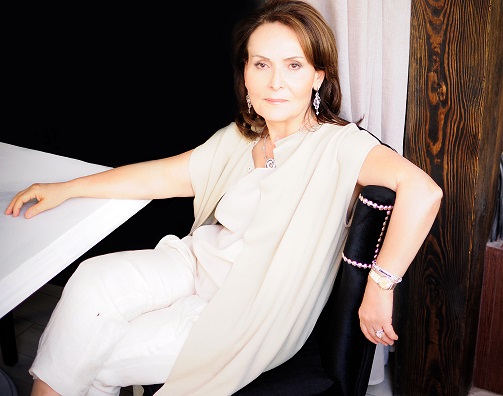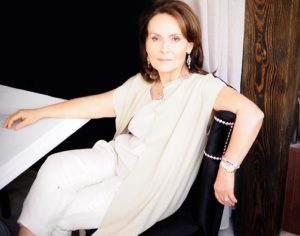Artist of Editor’s Choice
Prof. Gagik Vardanyan
by Tamara Hovhannisyan, PhD.
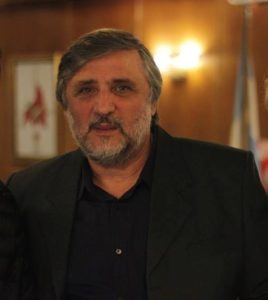
Professor Gagik Vardanyan is a man whose extraordinary destiny stretches from ancient Armenia to passionate modern Argentina, as if the combination of the two cultural environments where necessary to completely recognize and appreciate his somewhat complex, deeply philosophical, and poetic creative journey.
One can always wonder how he ended up storing all this brilliant knowledge and understanding of human psyche, its ancient cultural achievements, its victories, and unbearable loses by just simply being an observant eye that immortalizes it all.
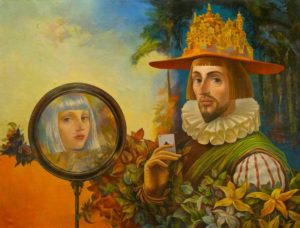
He spent his early years, taking from a brutal environment, the best from a great nation’s historical past of which he is a son of
Prior to closing the door and leaving the country, he rescued the good, the kind, and the forgiving for which his nation was known.
At the time Armenia was bleeding intellectually, economically, and demagogically. Armenia’s many sons and daughters found refuge in different pockets of the world where some became forgotten names, fruitless trees planted in somebody else’s soil. But, that is not the case with Mr. Vardanyan. He welcomed uncontrollable passion screaming emotional instabilities which became foundations in the Latino World that had adopted him, where he is now considered to have an instrumental part of a renaissance.
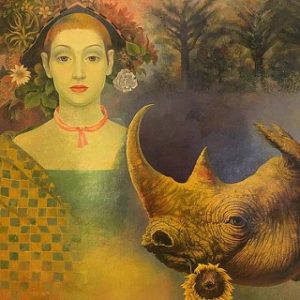
Apparently quiet, gentle, always a great listener with encyclopedic knowledge about alpha and omega of art history.
Mr. Vardanyan is a precious professional that never strikes to find admiration and respect in the intense audience he deserves. He is a surrealist that connects the past and the present with a future nobody has ever seen as if his brush is a traveler into waters of infinity.
Fortune has been kind and cruel to Mr. Vardanyan. He learned to be the bird that can fly with just one wing.
Destiny crucified him, brought him down from the cross, turned all the lights off and turned them back on, forcing him, many times, to be reborn from his own ashes. He took all the misfortunes and loses that he experienced and synthesized them through his philosophical mind, creating a unique story of existence as a traveler of two sides of the world. He is a wise witness and, the carrier of the strength and fragility of an artistic existence of the person who creates.
It is not easy to be a co-traveler of Mr. Vardanyan’s creative universe. He offers works for mature and sophisticated Collectors who are not afraid of life, who recognize the color of the other side of the so called post existence traveling, journey between existence and none…
As time goes by, fragmentary windows of his unusual creativity are ever changing discoveries, as if artist empties his memory packets from nostalgic burdens of the past to be able to enter in a new existential journey with the innocence of a child, wondering about everything where the spirit of the person has to be free and barefoot.

The symbolism that he is using in his art works have a blend of new and old. The viewer finds faces under the faces, words that have dual meanings, thoughts that are capable to bring unreal to reality, Angels with the eyes of ghosts, and wings with blood veins. There is an obvious new interpretation of a universal disconnect between the Biblical unity of man and woman (one pushes legend away, while the other recreates it by bringing it back in another form).
The classical, powerful training of Mr. Vardanyan does not stop him to travel into the woods of abstraction. His powerful brush is sending broken characters into an endless transformational journey of the ocean of human imagination. Mr. Vardanyan, just like powerful names of Surrealism (Salvador Dali, Remedios Varo, Leonora Carrington, and many others), is not afraid to use his brush to travel into the darkest corners of imagination, portraying the saint and evil in us. All in all, a journey well taken.
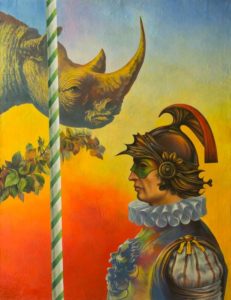
Professor Vardanyan is an artist that has no fear to swim in the water of all temperatures. Having an excellent command for all technical nuances of drawing and painting, his curious mind took him to challenge with fantastic realism, expressionism, surrealism, cubism, etc. Saying that, he has excellent group of works that can be categorized under those movements letting the observant professional conclude that Mr. Vardanyan is a man of universal talent. He brings together all the best from anything his predecessors challenged and achieved. He creatively stands in a platform that is nothing but a blend of it all.
Dear Friends and Collectors be adventurous and somewhat a risk taker in collecting, after all human beings are wonders of the universe… Stop searching all the time for something sweet in the fields of boring reality to find your fragment of the unusual. Let us hand on hand travel into the creative universe of Gagik Vardanyan. Surprising wonders are waiting there for all of us.
Collecting art is a journey in which we have to trust and learn from each other. Let’s see what is out there.
